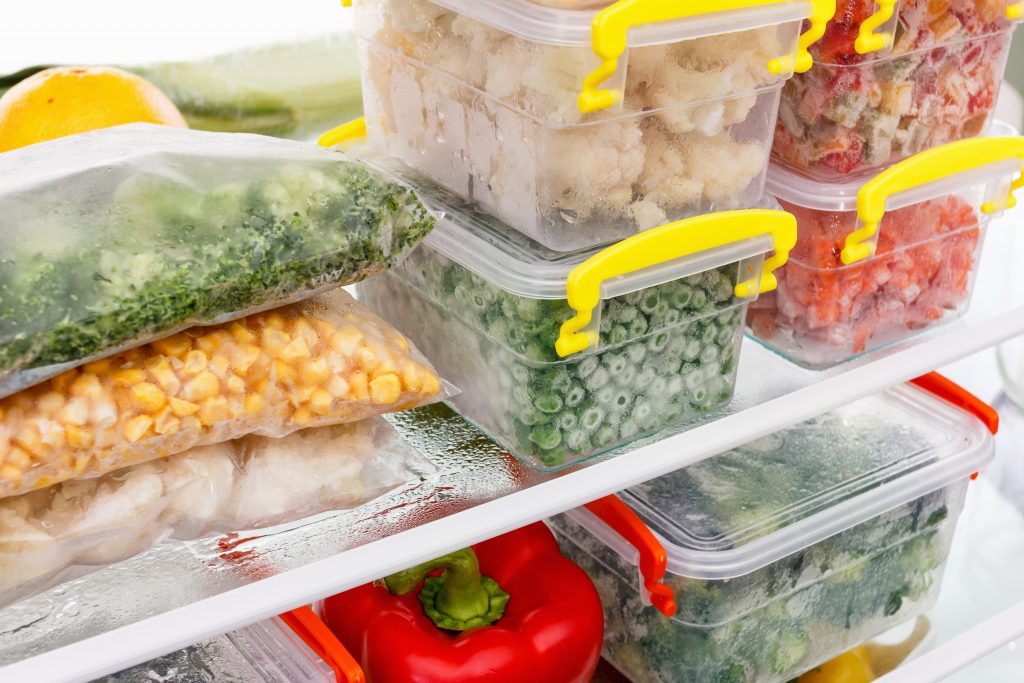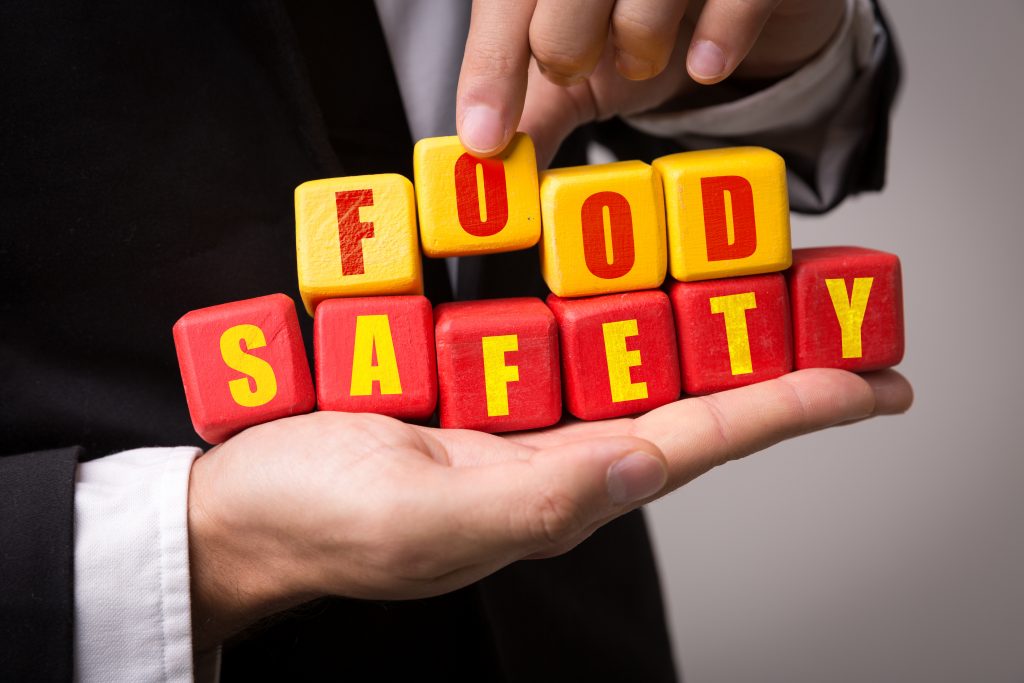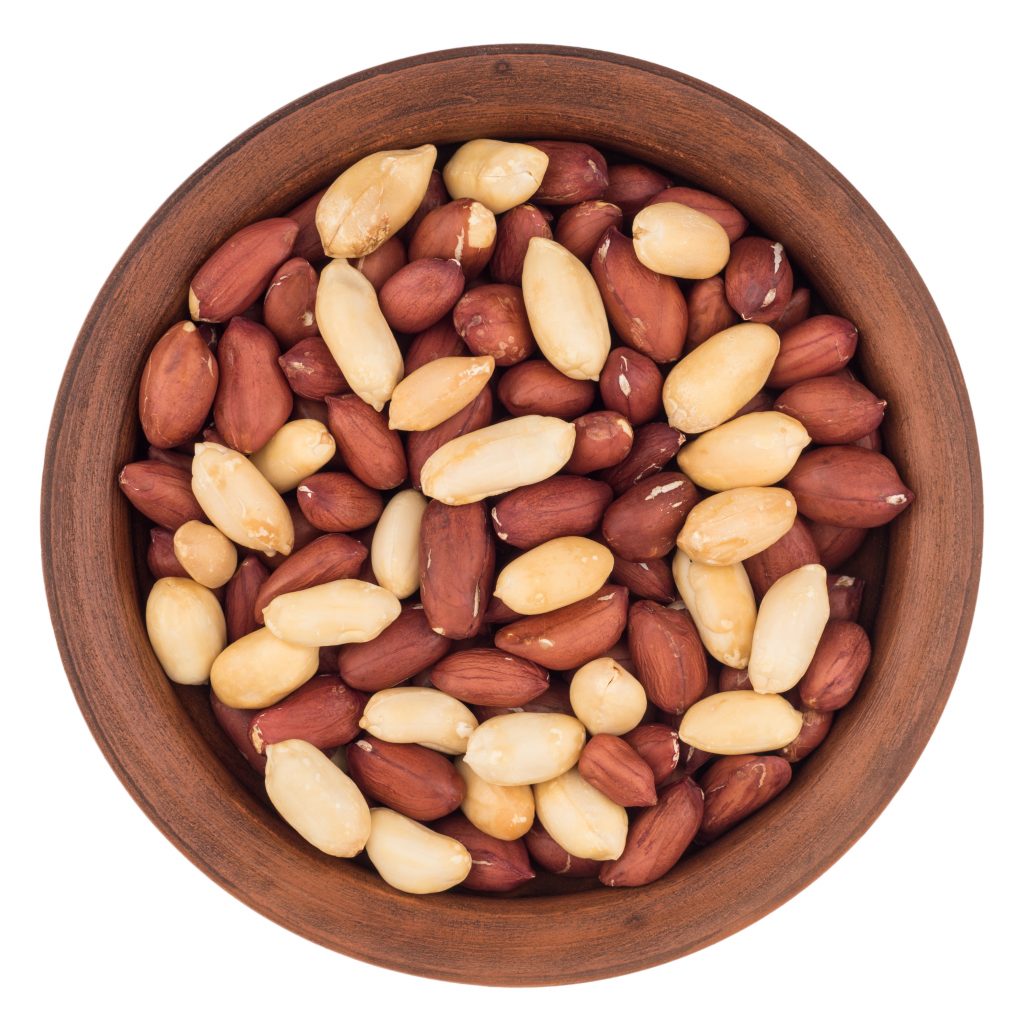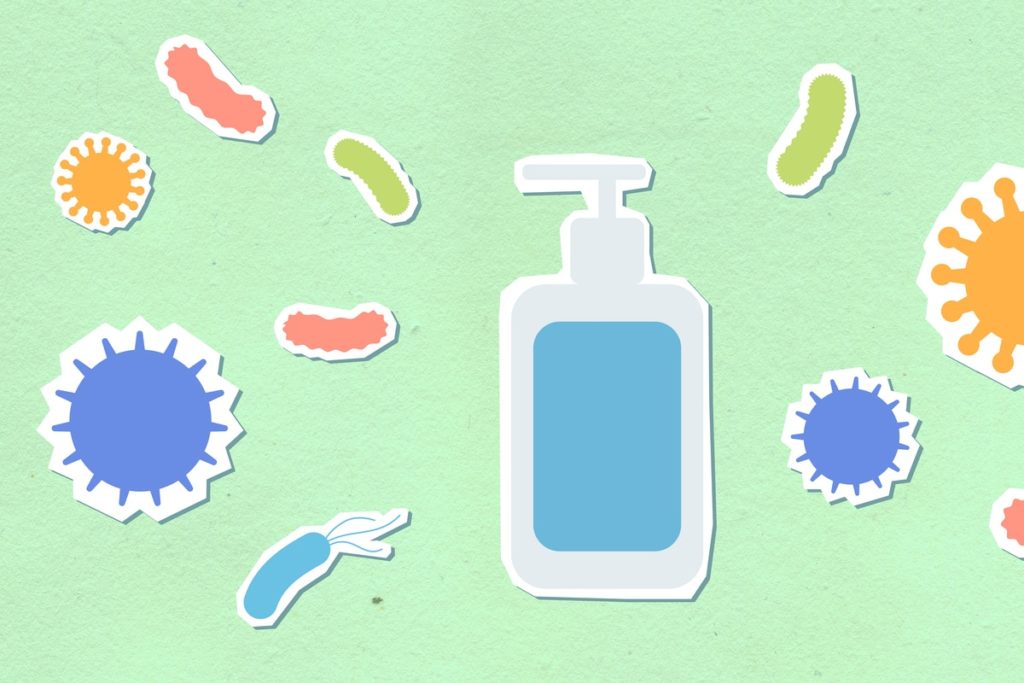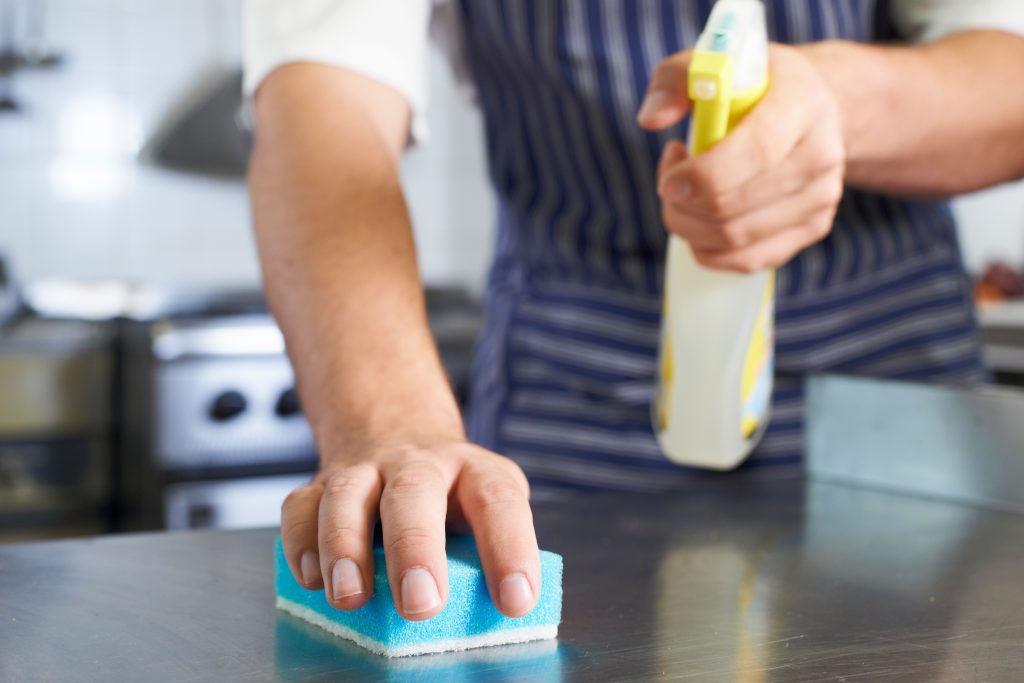Health & Safety
5 Every Day Tips To Remember About Safe Food Storage
When it comes to food hygiene there are some things that you and your team should do without hesitation or question. Safe storage of food is one of these and it is part of basic food hygiene practice to ensure that the things we cook have not been stored in an unsafe environment. At the…
Read MoreMastering the ‘Clean As You Go’ Policy
The ‘clean as you go’ policy is standard working practice in the food industry. It is one of the simplest, most reliable methods of meeting the food hygiene standards required by the Environmental Health Office (EHO). What Is ‘Clean As You Go’? ‘Clean as you go’ is a policy of responding to the cleaning needs…
Read MorePreparing For The EHO Visit: A Checklist
What does an EHO Visit consist of? If you prepare food for public consumption, you will eventually be visited by the Environmental Health Officer. The It is a legal requirement that they visit. As a food provider, you are legislatively bound to accommodate their visit and give them access to your premises. However, preparing for…
Read MoreThe Food Hygiene Rating Scheme Guide
If you handle or prepare food in work, you should know about the food hygiene rating scheme. Every eligible business in England, Wales and Northern Ireland must have a rating. It is an indication of how the local Environmental Health Officer (EHO) has graded your premises, according to the national food safety standards. It is…
Read MoreIntegrating Allergen Awareness into Your Food Hygiene
As Early Years professionals, you will be very aware of the need for allergy awareness in your workplace. When we designed our food hygiene certificate course we made sure that we included plenty of information on the allergen groups specifically for the Early Years sector. Sometimes, as I did recently, you overhear things that make…
Read MoreHidden Bacteria: 5 Kitchen Areas with Unseen Bacterial Growth
Areas of food preparation must also be areas of flawless food hygiene practice. Food businesses have a legal requirement to meet the national standards for food safety. Often, staff properly maintain and clean the obvious kitchen surfaces. However, it is often in unexpected areas where hidden bacteria thrive and can create serious and even life-threatening…
Read MoreFood Safety Myths: 5 Commonly Mishandled Foods
You should scientifically manage your food hygiene in any kitchen or food preparation area. Often, people who take food hygiene training find that they have taken a word-of-mouth or ‘grapevine’ approach to food safety. However, legal requirements for food hygiene are based on evidenced science, so your methods should be too. Here are 5 common…
Read MoreCleaning Kitchen Surfaces – 6 Steps for Proper Hygiene
There is a difference between ‘clean‘ and ‘looking clean‘. ‘Shiny syndrome‘ often affects our judgement when cleaning kitchen surfaces. As a result, appearing spotless does not mean that a work surface is safe for food. In reality, the microscopic nature of bacteria means you cannot often see the danger. 6 Steps to Cleanliness Where to…
Read MoreWhat Does Best Before Mean? How to Understand Food Dates
Part of food hygiene doctrine is ensuring that all your produce is fresh and/or safe to eat. However, the food dating system can be difficult to understand. There are 4 main date types. You should base your actions on the date presented and whichever date type assigned to it. So, what does best before mean,…
Read MoreThe Importance of Handwashing in Food Service
The importance of handwashing in food service cannot be underestimated; it is a key tenet of good food hygiene. If you are preparing or serving food, at work or at home, wash your hands well and often, lest you face the consequences. Bacteria can spread easily from physical contact. In a kitchen, this means it…
Read More
